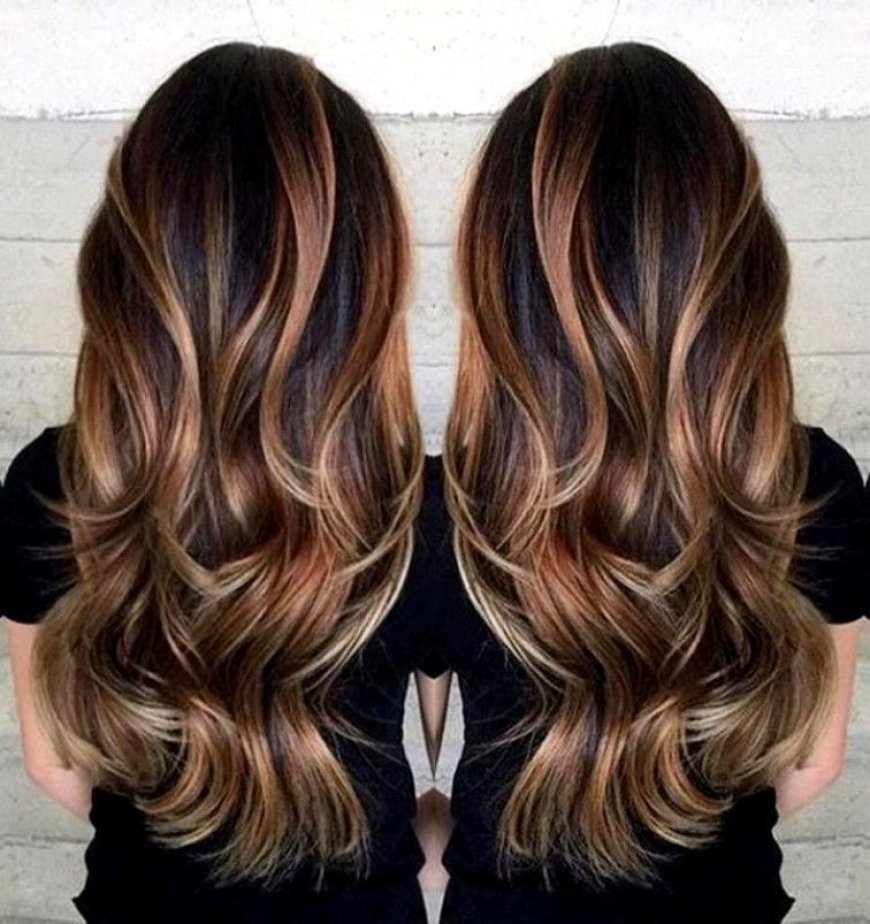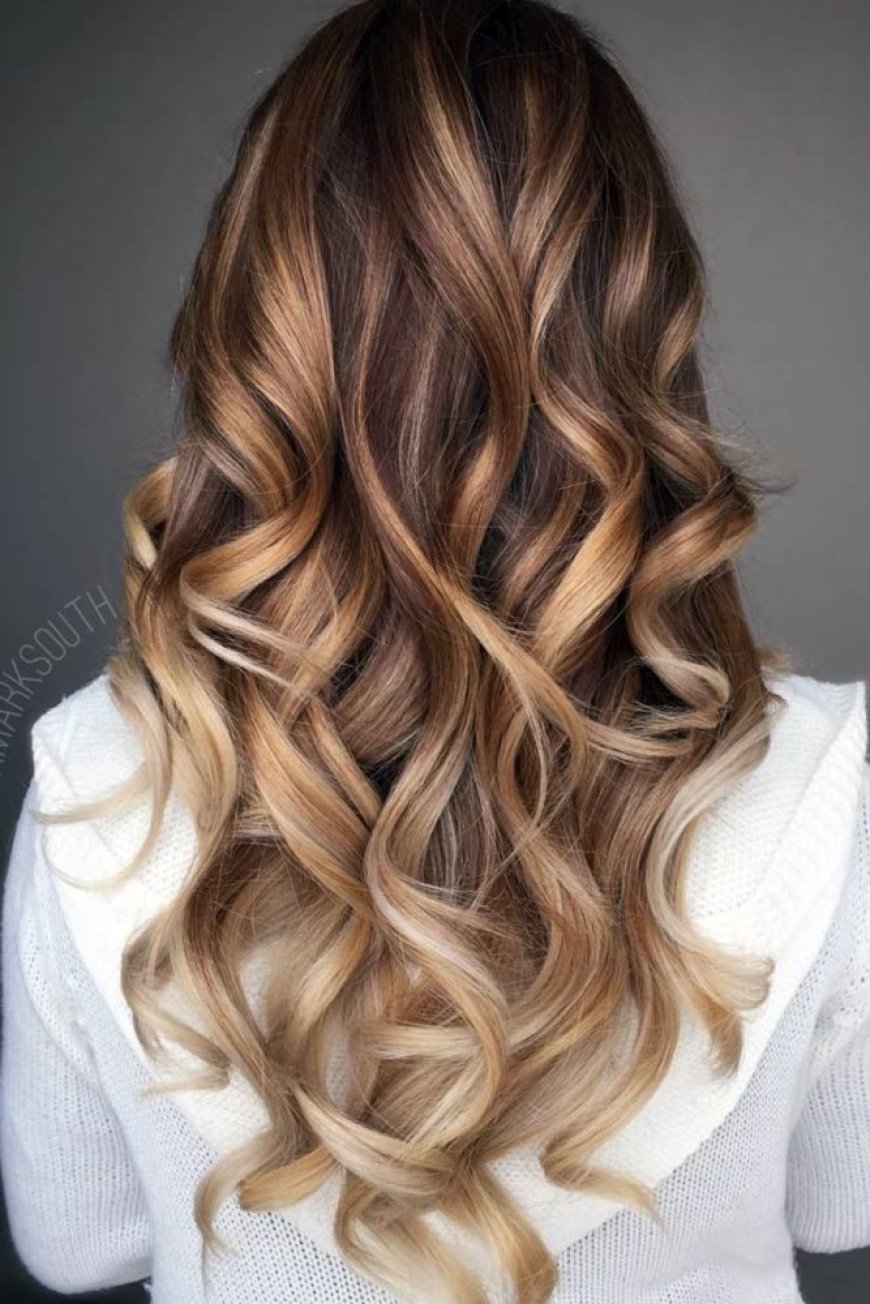The Ultimate Guide to Balayage Hair Color: Everything You Need to Know
Discover everything you need to know about balayage hair color in our comprehensive guide. Learn about its history, application process, popular variations, and essential aftercare tips for stunning, natural-looking highlights.
Balayage is more than just a hair color trend; it's a stylish technique that has taken the world of hairdressing by storm. If you're considering a fresh look, understanding the intricacies of balayage can help you make an informed decision. In this guide, we'll explore everything you need to know about balayage hair color, from its history to the application process and maintenance tips.
What is Balayage?
Balayage is a French word meaning "to sweep" or "to paint." This technique involves hand-painting color onto the hair to create a natural, sun-kissed effect. Unlike traditional foil highlights, balayage doesn’t require foils or caps. The color is applied with a sweeping motion, giving the hair a more organic and less uniform look.

The History of Balayage
Balayage originated in France in the 1970s. It was initially popular among French women who sought a more natural, low-maintenance hair color. The technique quickly gained traction and is now a global favorite for those looking to achieve a sophisticated, effortless style.
Why Choose Balayage?
1. Natural-Looking Highlights
One of the biggest advantages of balayage is the natural, sun-kissed effect it creates. The color is applied in a way that mimics the way the sun naturally lightens hair, giving you a soft, gradual fade from dark to light.
2. Low Maintenance
Balayage requires less frequent touch-ups compared to traditional highlights. Because the color is applied in a sweeping motion, the regrowth is less noticeable, allowing for longer intervals between salon visits.
3. Customizable
Balayage can be tailored to suit any hair type or color. Whether you want subtle highlights or bold contrasts, your stylist can customize the technique to achieve your desired look.
4. Versatility
Balayage works well with various hair lengths and textures. From long, flowing locks to short, chic cuts, balayage can enhance any style.
The Balayage Application Process
1. Consultation
Before the application, your stylist will conduct a consultation to understand your desired look. They'll assess your current hair color, texture, and overall style to create a plan tailored to your needs.
2. Preparation
Your stylist will prepare your hair by shampooing it to remove any product buildup. They may also apply a protective barrier to ensure the color doesn’t seep onto unwanted areas.
3. Application
During the balayage process, the stylist will paint the color onto sections of your hair. The technique involves a sweeping motion to ensure a natural, blended look. The color is applied more heavily at the tips and gradually fades toward the roots.
4. Processing and Rinsing
The color is left to process for a specific amount of time, depending on the desired intensity. Once processed, your hair is rinsed, shampooed, and conditioned to reveal the final look.
5. Styling
After rinsing, your stylist will style your hair to showcase the balayage effect. This step allows you to see the finished result and how the color complements your overall look.
Balayage Aftercare
1. Use Sulfate-Free Shampoos
To maintain the vibrancy of your balayage, use sulfate-free shampoos. Sulfates can strip color from your hair, leading to faster fading.
2. Deep Conditioning
Regular deep conditioning treatments can help keep your hair healthy and hydrated. Balayage can sometimes lead to dryness, so ensuring your hair is well-moisturized is crucial.
3. Protect from Heat
Minimize heat styling to prevent damage and color fading. When you do use heat tools, apply a heat protectant spray to shield your hair.
4. Avoid Chlorine
Chlorine from pools can alter the color of your balayage. If you swim frequently, use a swim cap or apply a protective hair treatment before swimming.
Popular Balayage Variations
1. Classic Balayage
The traditional balayage style features subtle, natural highlights that gradually blend from dark to light. This timeless look is perfect for those seeking a sophisticated, understated effect.
2. Sombre
Short for "soft ombré," sombre features a more gradual transition from dark to light than traditional ombré. It creates a softer, more blended look with subtle highlights.
3. Babylights
Babylights are delicate, fine highlights that mimic the natural lightening effect of children’s hair. This variation creates a soft, radiant look with a hint of brightness.
4. Bold Balayage
For a more dramatic effect, bold balayage involves applying vibrant colors or contrasting shades. This variation is ideal for those who want to make a statement with their hair color.

Conclusion
Balayage offers a versatile and low-maintenance way to achieve beautiful, natural-looking highlights. Whether you’re looking for a subtle change or a bold transformation, balayage can be customized to suit your style and preferences. By understanding the application process and following proper aftercare, you can enjoy vibrant, sun-kissed hair for months to come.
What's Your Reaction?












![Prima Ease CBD Gummies [I've Tested] TRUTH EXPOSED!](https://news.bangboxonline.com/uploads/images/202412/image_430x256_6766ac778f8ee.jpg)







![Fine Pixel Pitch LED Displays Market Size, Share & Forecast | 2024-2032 [Latest]](https://news.bangboxonline.com/uploads/images/202411/image_430x256_67456b97bf56a.jpg)
